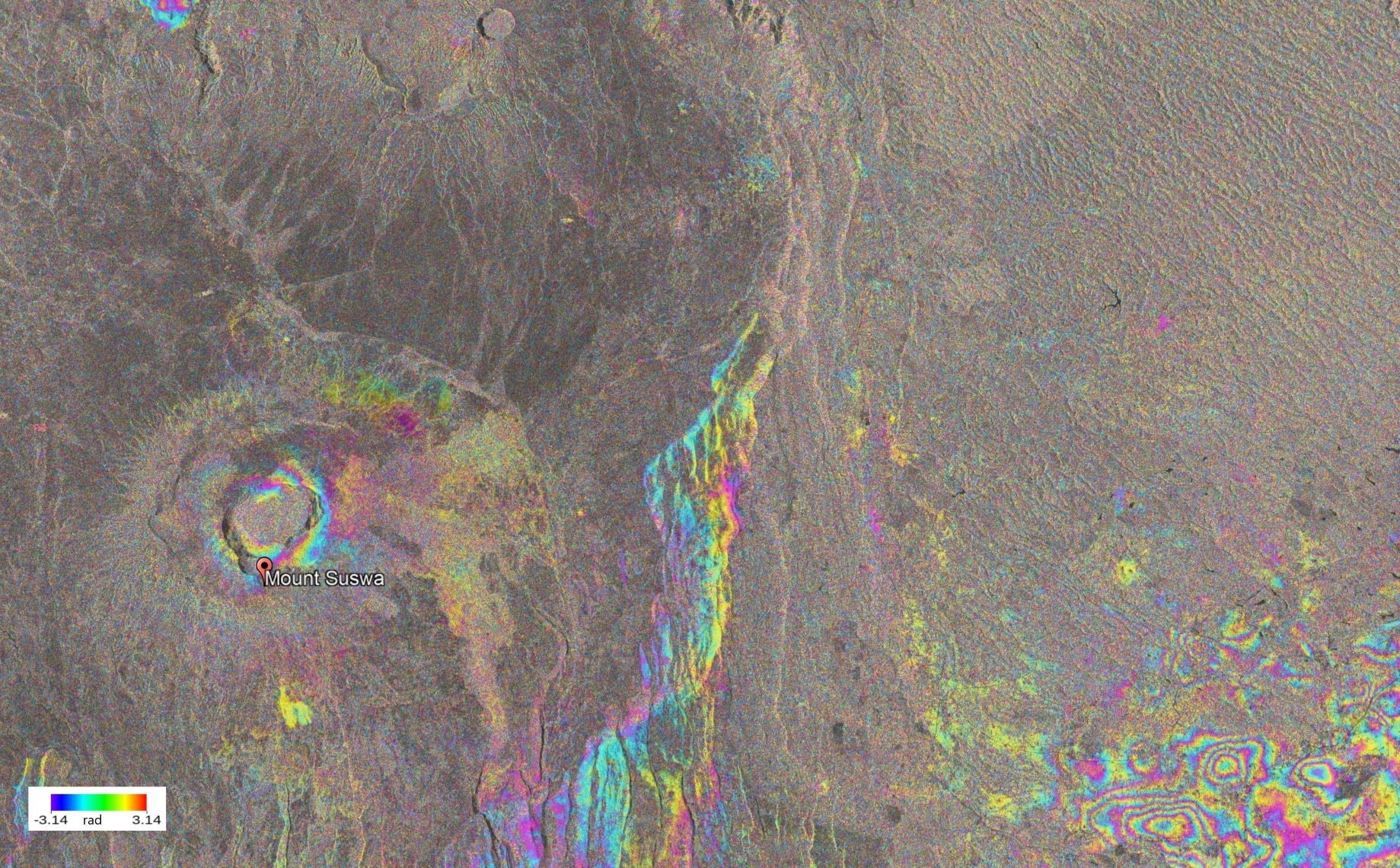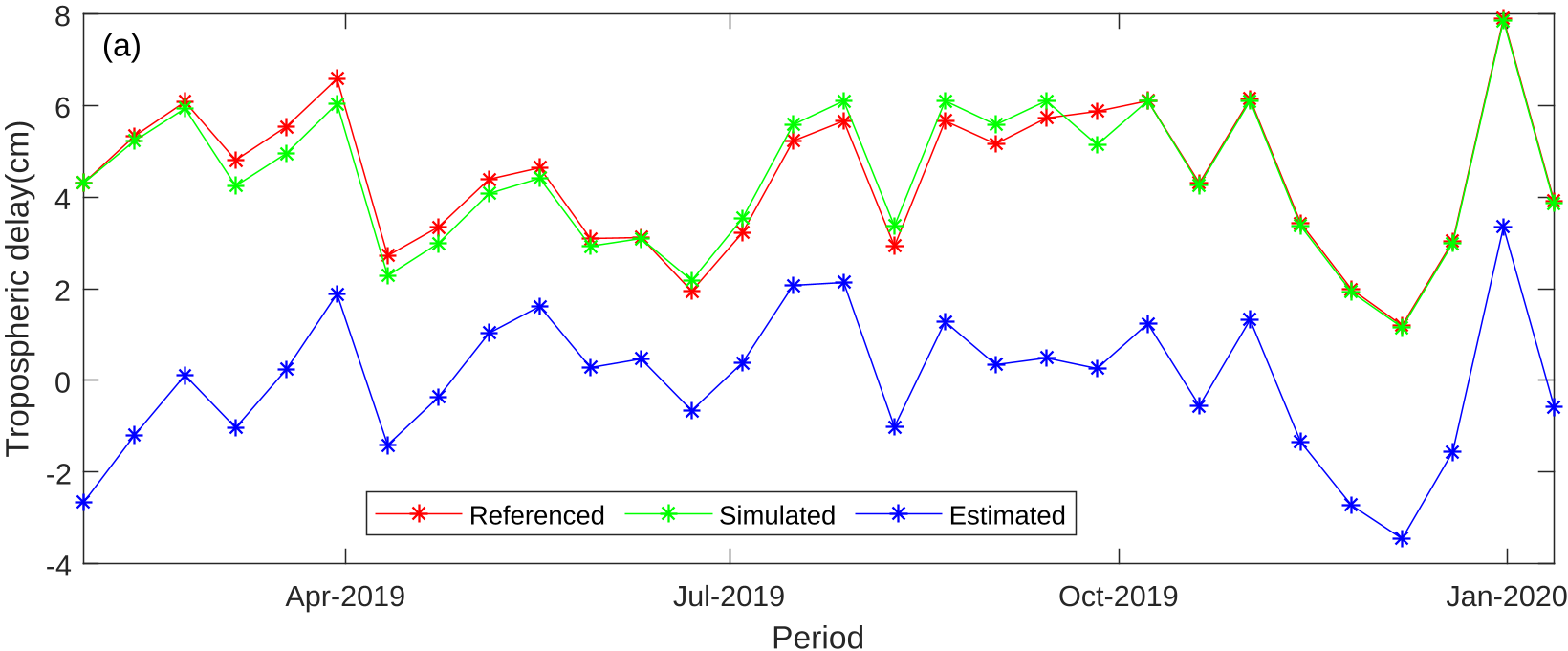
The aim of this project is to characterize deformation using InSAR along the Kenyan Rift system, which is prone to both anthropogenically induced deformation and deformation associated with geophysical processes along the Rift due to volcanic activities and tectonic movements. However, InSAR-derived measurements still face challenges in tropospheric delay modelling, which hinder the retrieval of millimeter-level accuracy in InSAR-derived displacements. Therefore, the aim of this project is to provide a comprehensive overview of existing tropospheric delay correction methods, discuss current trends, and provide a future outlook for tropospheric delay modelling. The project also intends to propose an improved tropospheric InSAR correction method to improve the accuracy of InSAR-derived measurements, given the challenge of tropospheric delay along the Kenyan Rift, which is located in the tropics and has significant tropospheric variation. The InSAR-derived results based on optimized tropospheric delay modelling will be used to determine both localized and regional deformation along the Kenyan Rift and will be validated with GNSS measurements.
Kirui, P., Riedel, B., and Gerke, M. (2023). Determination of present-day crustal deformation along the kenyan rift system using insar. submitted to Earth, Planets and Space. Springer, under review
Kirui P. K. (2023). Determination of Present-Day Crustal Deformation Along the Kenyan Rift System Using InSAR with Improved Tropospheric Delay Correction [TU Braunschweig]. cloud.tu-braunschweig.de/s/Lz9BceCFHqS8LQa
| Förderinstitution: | Kenyan-German Postgraduate Training programme |
|---|---|
| Gerhard und Karin Matthäi-Stiftung | |
| Förderkennzeichen: | 57460842 |
| Laufzeit: | 30.10.2019 – 30.06.2023; |
| Kontaktperson: | Pius Kirui |

